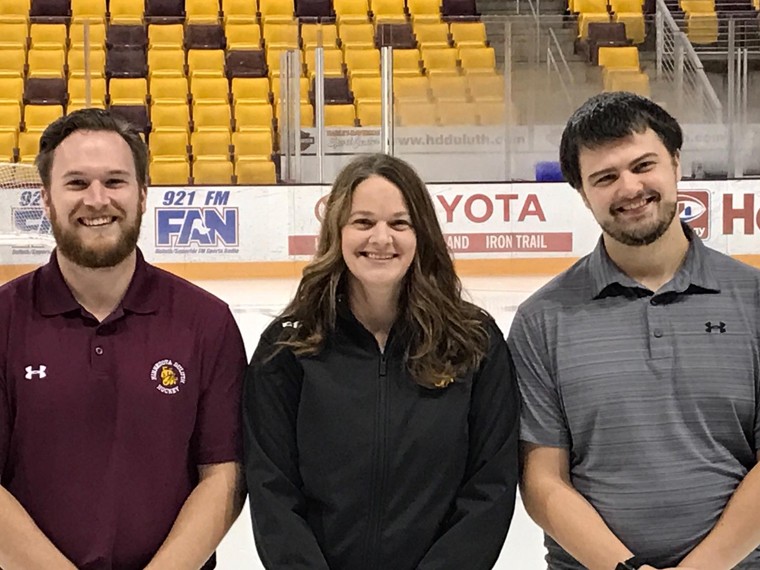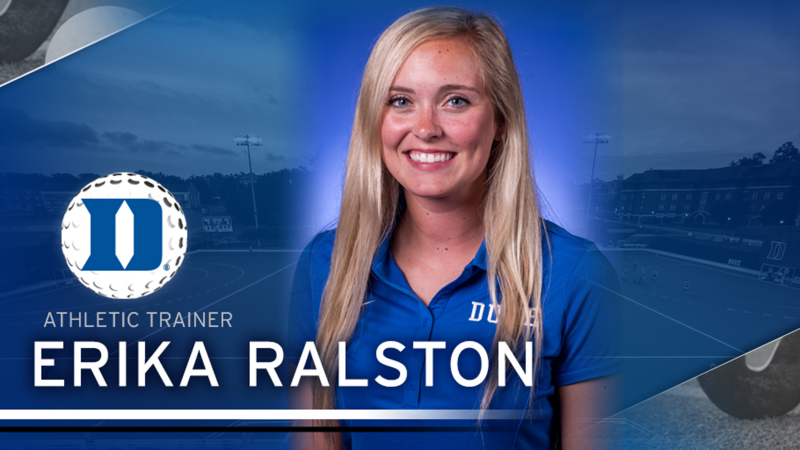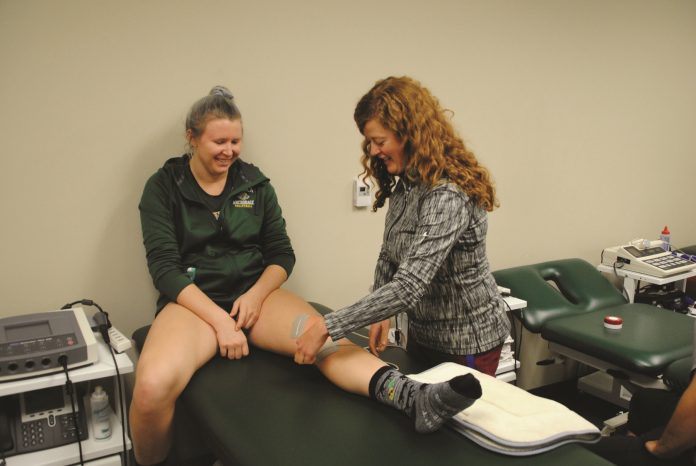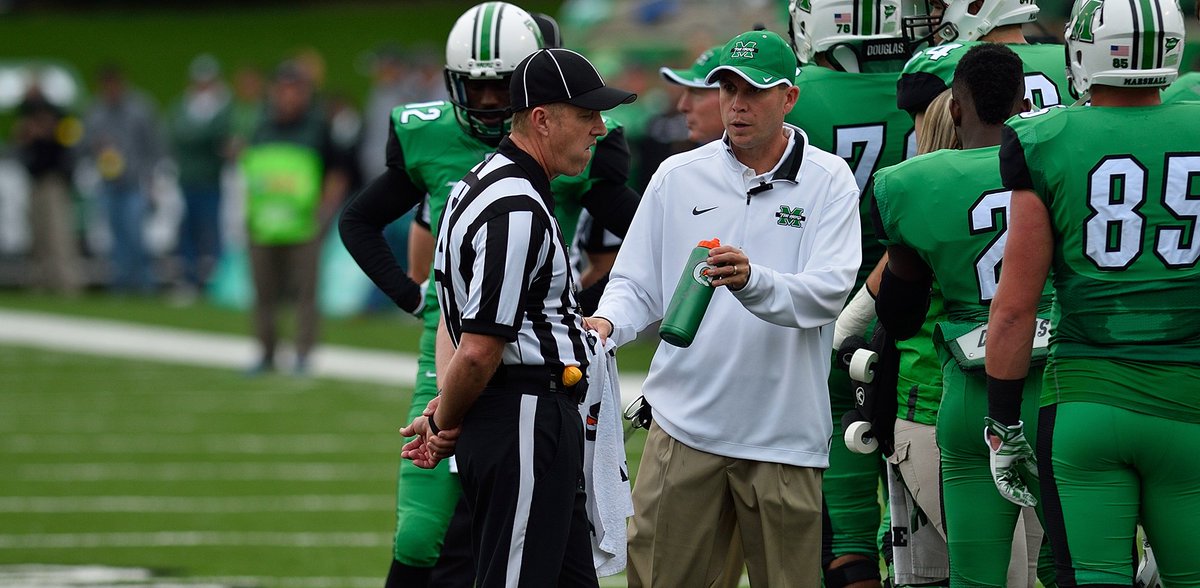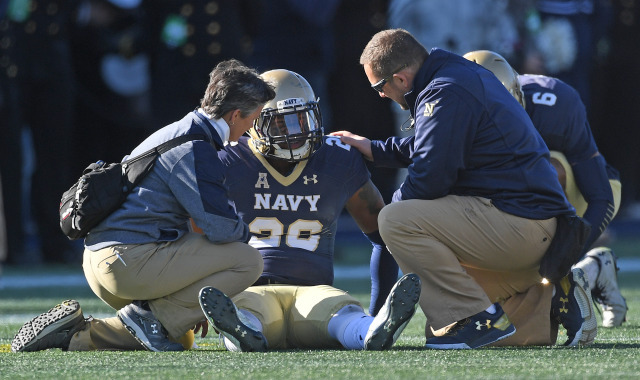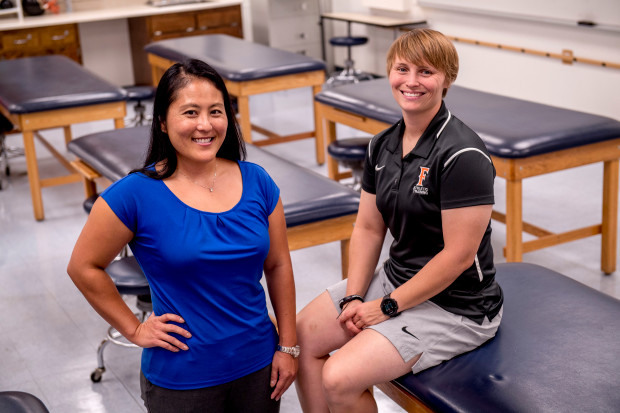
Article reposted from The Orange County Register
Author: JEONG PARK
Meaghan Beaudoin just could not figure out what was going on in her head.
Sure, she was once knocked unconscious while playing soccer at Cal Poly during the early 2000s. But a hospital told her she was fine because there were no blood clots in her brain.
But she was failing classes. She could not quite grasp what she was learning.
A couple of years into Cal Poly, Beaudoin got an answer: Second-impact syndrome from the concussions she got in high school.
“I don’t want my students to go through what I went through,” said Beaudoin, now the athletic trainer at Sage Hill School in Newport Beach.
Concussion and its symptoms can be hard to spot, but its impacts are far-reaching, especially for student-athletes. Furthermore, the athletes cannot fully dedicate themselves to rest or rehabilitation. They have classes to go and homework to finish.
Tricia Kasamatsu, a Cal State Fullerton kinesiology professor who joined the university in 2015, has been researching how high schools support student-athletes after a concussion.
She said that until recently, schools and researchers had neglected much of the so-called “return-to-learn” aspect of concussions.
“It’s still a gray area,” she said.
Kasamatsu had been working as a high school athletic trainer and biology teacher in El Modena High School in Orange, after getting her bachelor’s degree in kinesiology and her master’s teaching degree at Chapman University.
In 2010, a football player told her that he was struggling in his classes.
People around him didn’t know what to do. They wanted to help, but some of them wondered whether he was faking his injuries to slack off.
This experience motivated Kasamatsu to research how schools can best guide concussed student-athletes’ return to class. For her doctorate in education at Chapman, Kasamatsu wrote a dissertation on the topic.
She said many concussed students experience similar issues as students with learning disabilities.
The concussed students get headaches when they try to focus. They have a harder time remembering what they had learned. They face emotional distress, from their concussions and also often from the fact that they can’t play the sports they love.
“(Concussion) is a collection of emotional, physical and psychological stress,” she said.
The California Interscholastic Federation, or CIF, has a “return to learn” protocol, which recommends teachers give recovering students breaks and less homework.
“But the communication is left up to each physician or school,” Kasamatsu said.
Each person reacts differently to concussions, which Kasamatsu said further challenges schools. For instance, some students get a headache from projectors emitting bright lights. Others may struggle to read small prints on whiteboards.
Some students can recover in days. Others take months.
Kasamatsu is not interested in setting a rigid rule. Instead, she said she wants to help schools create a supportive infrastructure.
Kasamatsu works with athletic trainers across Southern California, updating them on the latest research and studying how they deal with concussed students.
“She is kind of my go-to,” Beaudoin said.
Chase Paulson, the head athletic trainer at Diamond Bar High School, said he encouraged Kasamatsu to study his school’s protocol and its impact on concussed students.
“I have a responsibility to make the profession better,” Paulson said.
Kasamatsu said her next research will examine how a support team — which includes, among others, teachers, athletic trainers, parents, nurses and academic counselors — functions in schools.
Local high school’s “return to learn” policy
Sage Hill no longer plays 11-man football.
Beaudoin said only about 20 players are on the school’s eight-man football team, which she attributed partially to a shift in how parents view football and concussion.
Still, Beaudoin said seven to ten students come to her every year with a head injury.
The school has a concussion management team that includes athletic trainers like Beaudoin, a learning specialist, an academic counselor and a concussed student’s parents.
The team works with the student’s physician and teachers to find the right learning accommodation, which can range from giving more time to complete homework to having a dedicated notetaker.
At the beginning of school year, she reminds teachers of the school’s “return to learn” policy. The teachers have become more understanding of the students’ needs, Beaudoin said.
But Beaudoin and Paulson said many challenges remain.
Diamond Bar High, like Sage Hill, has a concussion management team. The team checks student’s symptoms daily and communicates with the student’s physicians and teachers.
However, Paulson recalled a teacher calling him, asking if a student should get an accommodation for a test. Paulson said yes.
“I didn’t believe (the student),” Paulson recalled the teacher saying.
He added some students’ parents, because of language or cultural differences, can’t quite grasp concussion.
“That has been an ultimate challenge,” he said.
But Paulson said the teachers and parents have begun to understand his protocol.
“I can always be more conservative, but never more aggressive,” he said. “I have to make sure the kid has a livelihood.”



